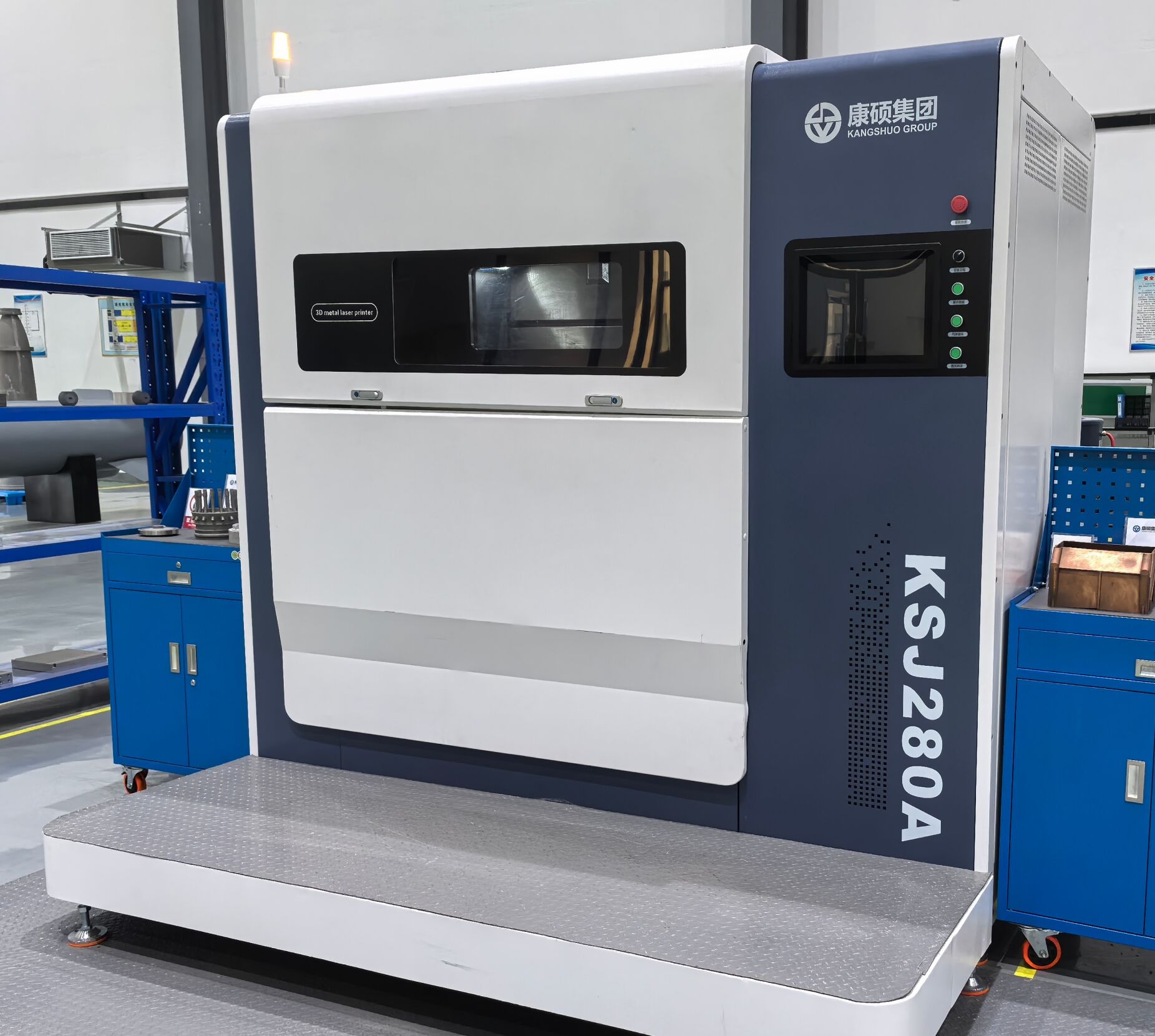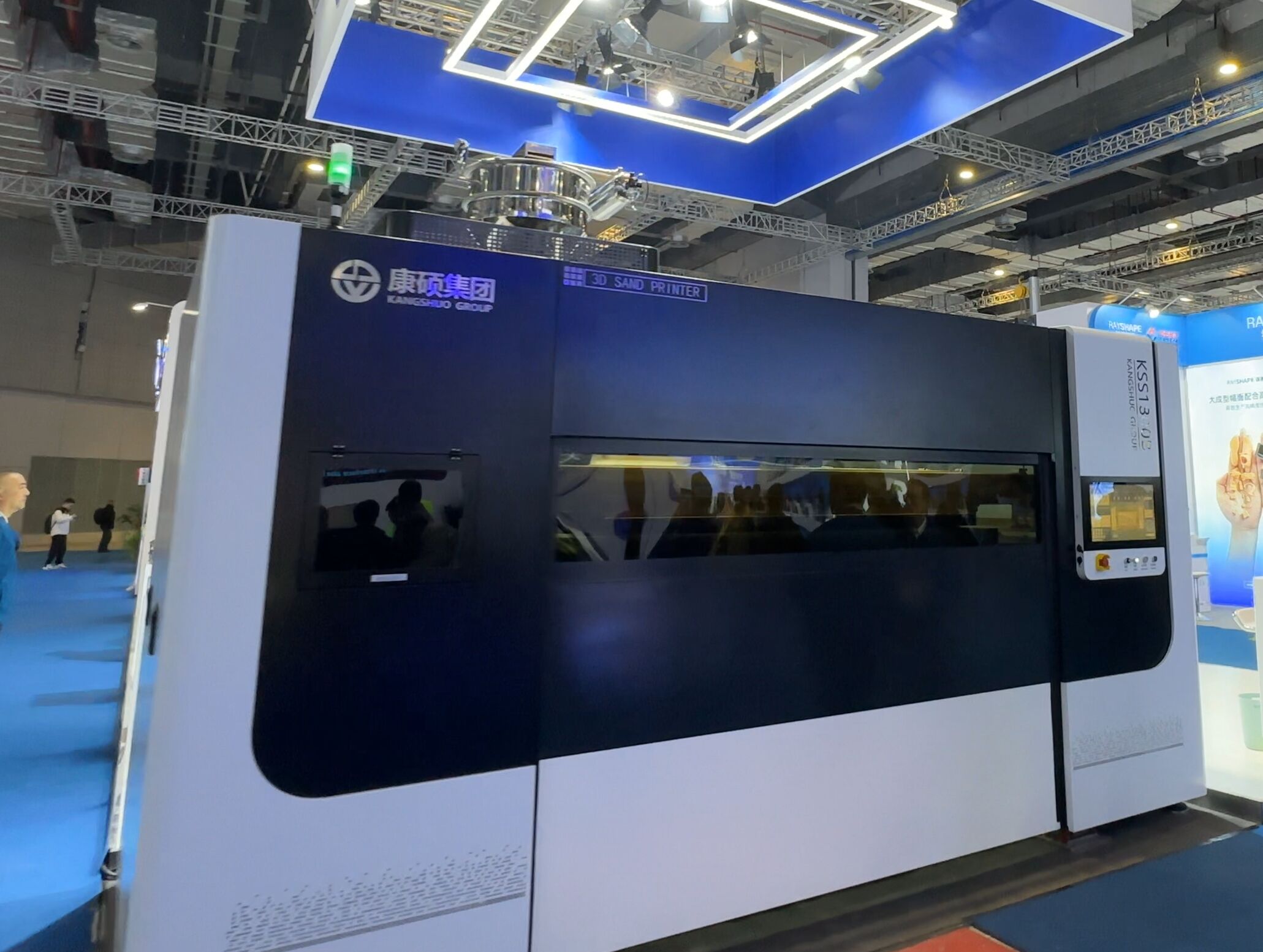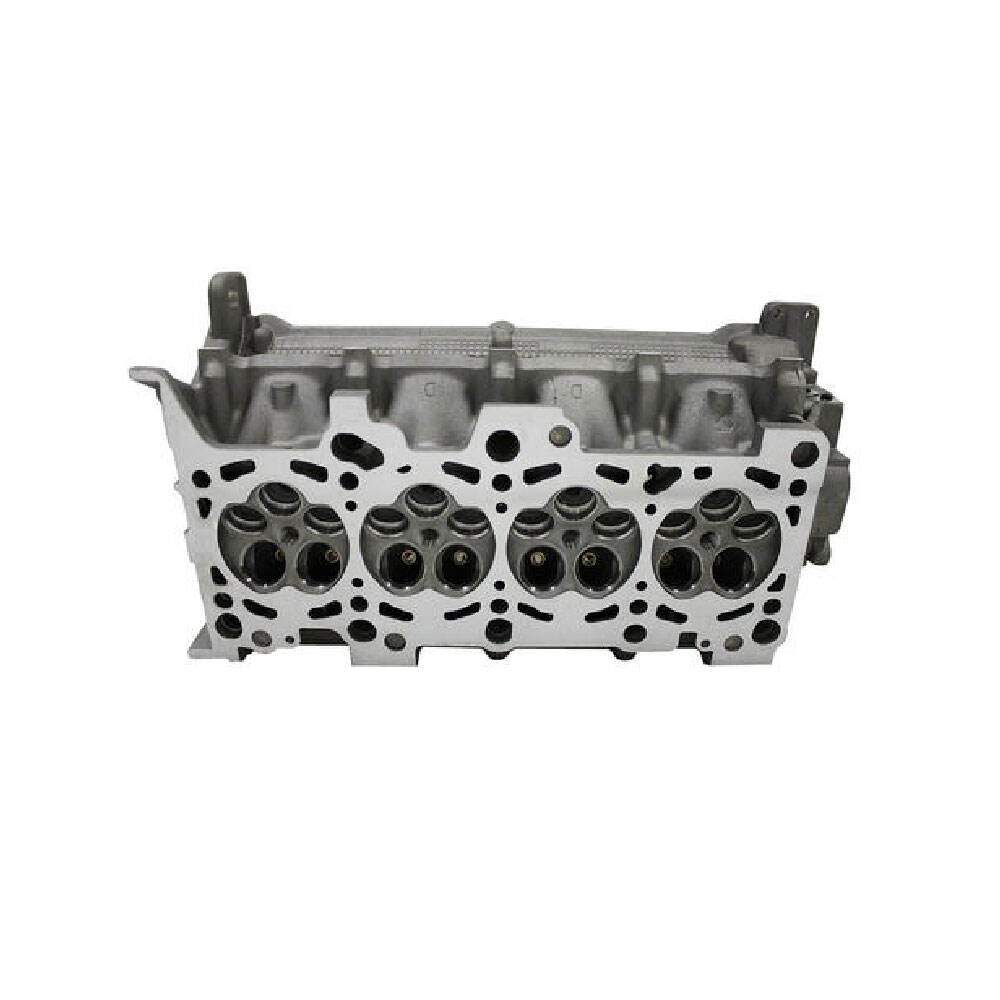industrial metal 3d printer price
Industrial metal 3D printer prices represent a significant investment in advanced manufacturing technology, typically ranging from $100,000 to over $1.5 million. These sophisticated machines utilize various technologies such as Direct Metal Laser Sintering (DMLS), Selective Laser Melting (SLM), and Electron Beam Melting (EBM) to create complex metal parts with exceptional precision. The price variation depends on factors including build volume, printing speed, material compatibility, and automation features. Entry-level industrial metal 3D printers, suitable for small to medium-sized businesses, generally start at around $100,000 to $300,000. Mid-range systems, offering enhanced capabilities and larger build volumes, fall within the $300,000 to $700,000 range. High-end systems, featuring advanced automation, multi-laser configurations, and comprehensive quality control systems, can exceed $1 million. These prices typically include installation, basic training, and initial maintenance support, though ongoing operational costs such as materials, maintenance, and specialized personnel should be considered in the total investment calculation.


